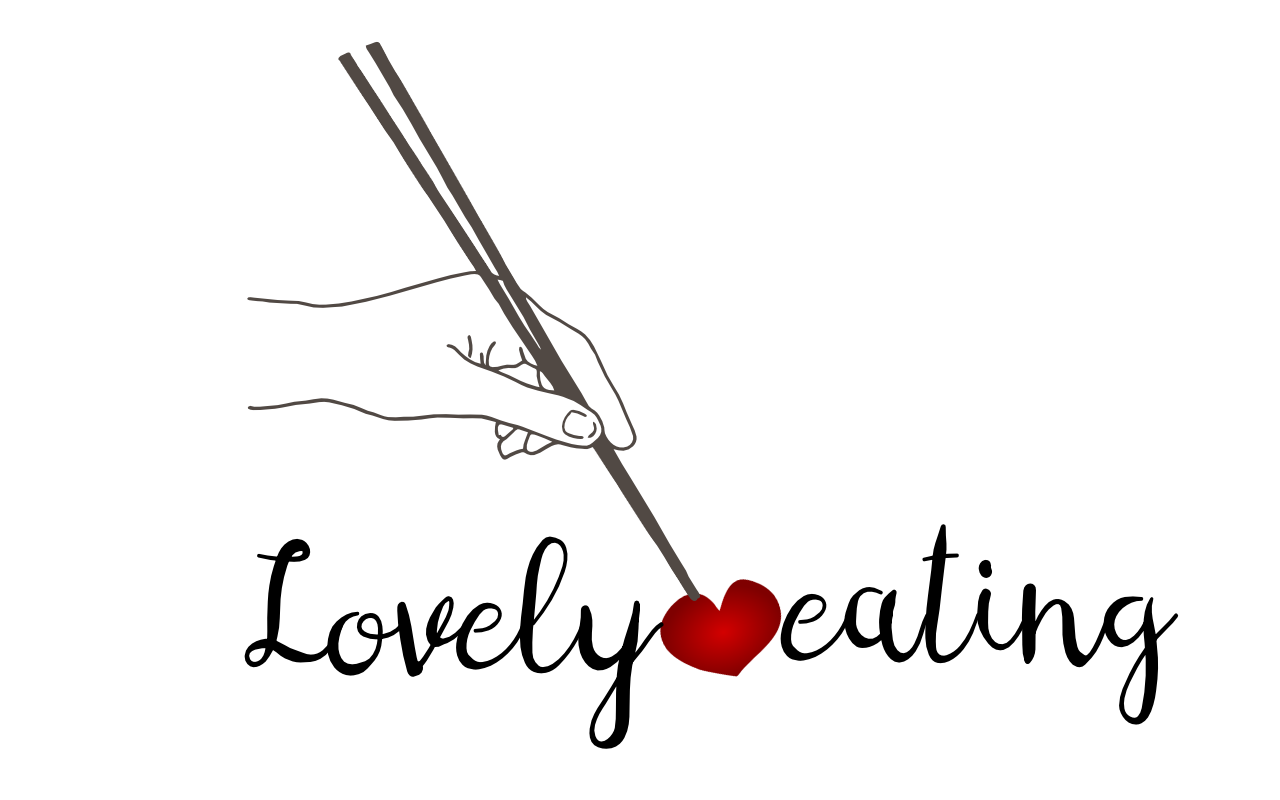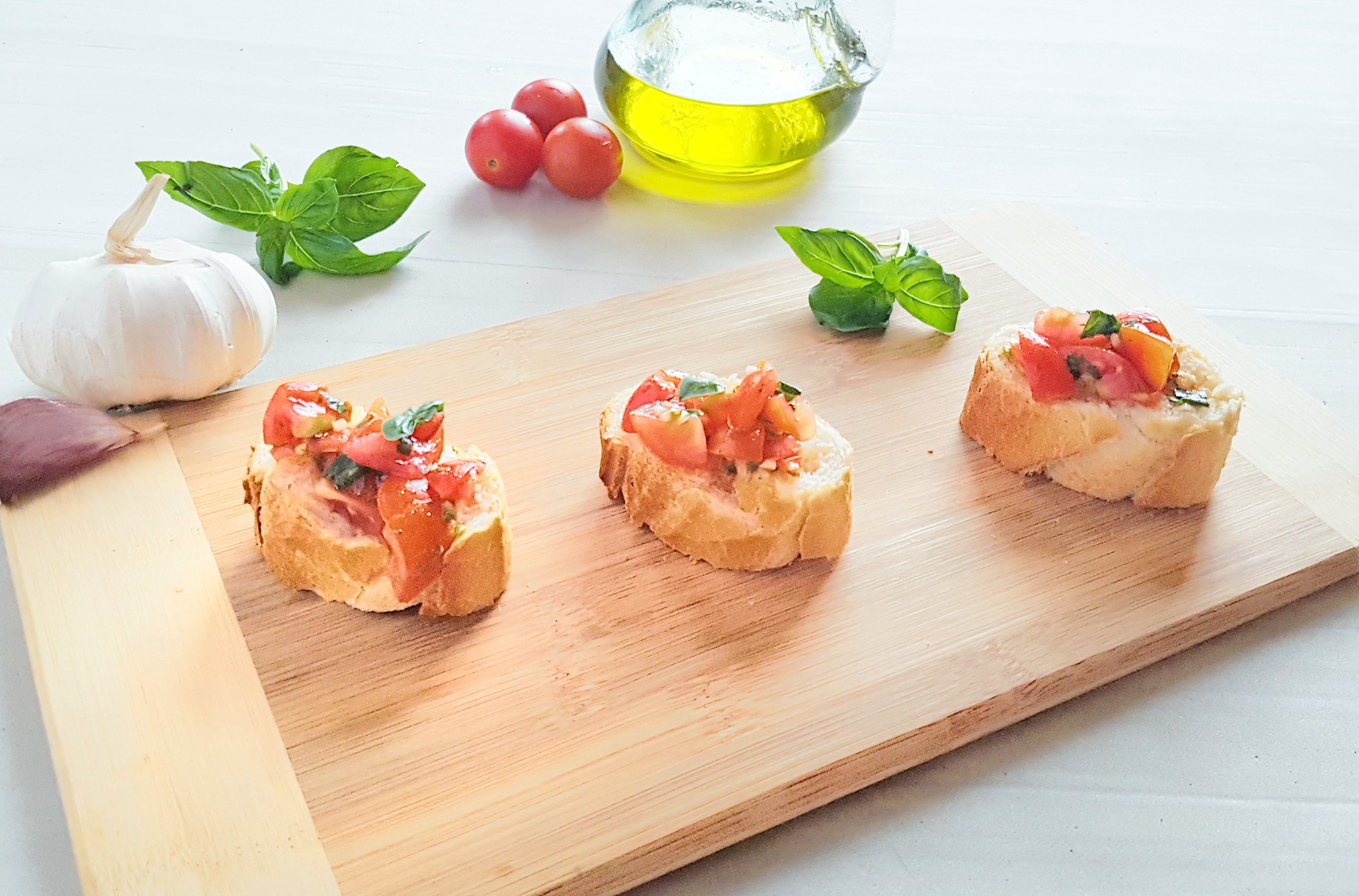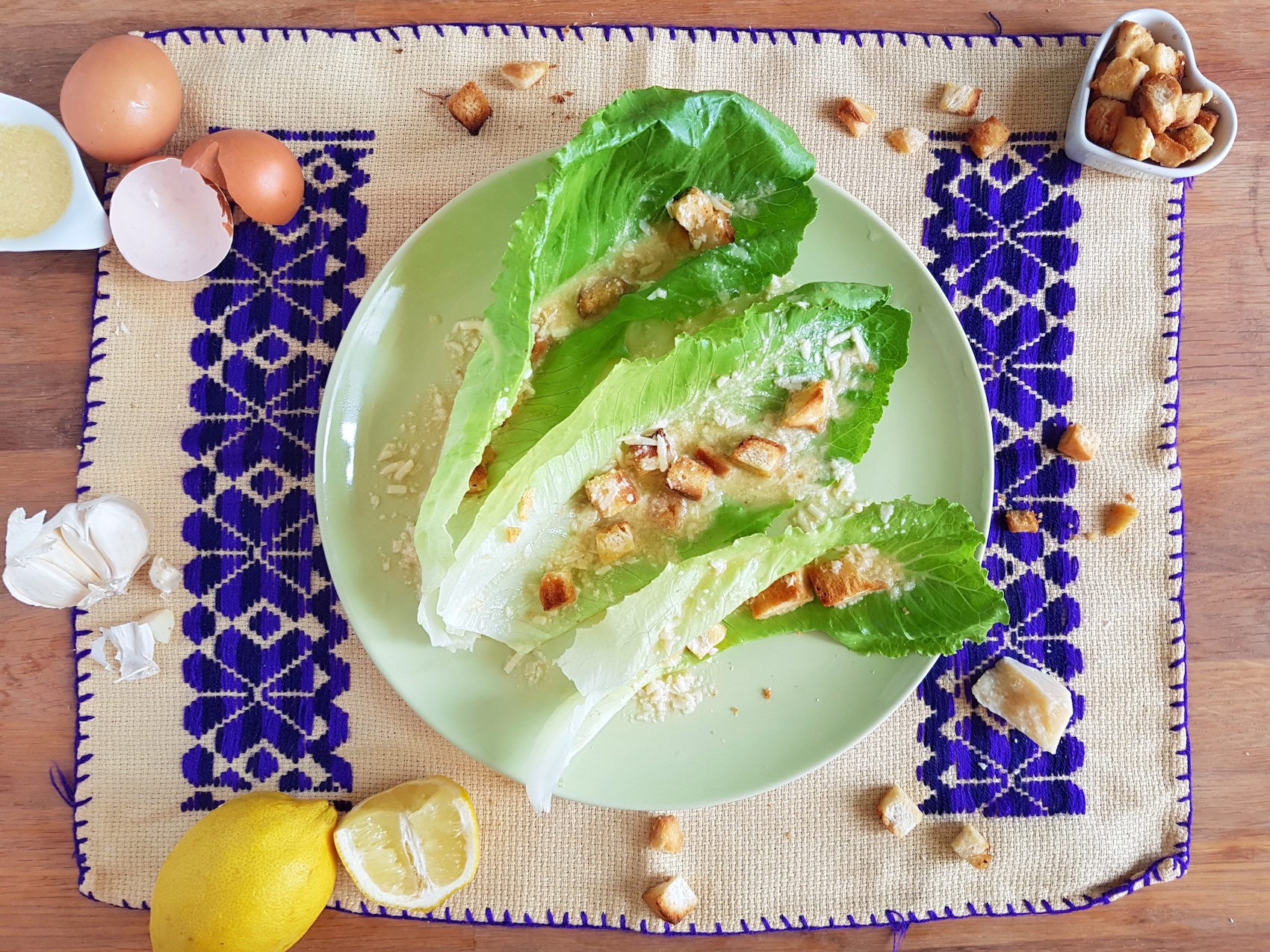Ingredients
8 slices of bread
4 medium ripe tomatoes
4 basil leaves
1 garlic clove
1 teaspoon dried oregano
1 tbsp. olive oil
salt and pepper to taste
Preparation
1- Wash the tomatoes and cut them into medium-thick squares, add salt and pepper.
2- Chop the basil roughly and add to the tomatoes.
3- Toast the bread lightly and rub the garlic cut in half on one side of each piece, and bathe with a drizzle of olive oil.
4- Put some of the tomato mixture on each piece of bread.
Historical note
The origin of the Bruschetta is said to be in the territory between Tuscany and Lazio in Italy. The etymological term for bruschetta would come from the verb coming from the bruscare dialect meaning to burn, or in this case toast. So any slice of toast is the basis for a bruschetta of which there are a thousand variations.
The origin of Bruschetta would be similar to that of Catalan tomato bread, that of trying to reuse hard bread. This way the hard bread would be toasted and then hydrated with garlic, tomato and oil to make it edible again.
“Ar tempo che la gente popolana
In the time when the people of the village,
bruscava ancora er pane sur carbone,
were still toasting the bread on the coals
a Roma lo chiamaveno “Cappone”
in Rome they called it “Cappone”
come “Fettunta” dicheno in Toscana.
in the same way “Fettunta” was called in Tuscany
‘Na fetta de pagnotta paesana,
in the same way “Fettunta” was called in Tuscany
co’ sale ajo e ojo, a colazione
with salt, garlic and oil at breakfast
fa bene: l’ajo è contro l’infezione,
does it good: garlic against infection
l’ojo, pe’ chi va duro, è un toccasana.
oil for those that are hard is a panacea
Se magni solo te la pòiaggustà
if you eat it, it can only fix you a la burina, senza che te tocca
to the vulgar without it touches you
sta’ a bocca chiusa pe’ smorzàercròcrà. Carica d’ajo, è inutile a discute,
full of garlic, is useless to discuss
certo nun spunteranno fiori in bocca
certain no flowers will be born in the mouth
ma l’alito profuma de salute”.
but the breath perfumes the health
(Aldo Fabrizi, Roma 1º novembre 1905 – Roma 2 aprile 1990 – attore, regista, sceneggiatore, produttore e poeta italiano.)
Socio-economic note
In the last report made by AIBI (The International Association of Bakers, founded in Paris in 1956) it is established that the bread market is quite stable, with slight variations of demand by country. The most notable trend in the international market is the public's demand for bread of higher food quality, with alternative flours and high nutritional content in line with general trends. Contrary to what happened in previous decades when there was an explosion in the market generally for white and industrial breads. From the information I have found, there are still no clear statistics on how these trends are evolving.
Nutritional note
Bread gives us an excellent amount of carbohydrates and white bread usually contains a lot of calcium and iron.
The tomato is a fantastic fruit, containing good amounts of vitamin A, vitamin C and high-quality antioxidants that help protect the cells and structures of the body from free radicals such as UV rays. If eaten fresh as in the recipe, they contain a rich amount of potassium, 237 mg per 100 grams.
Garlic is a wonderful food, which is considered in traditional medicines as a base element for curing various ailments, so much so that it has been documented for over 5000 years! It has been proven to have great antibacterial properties. It contains vitamin B6, C, manganese, selenium and other minerals.


